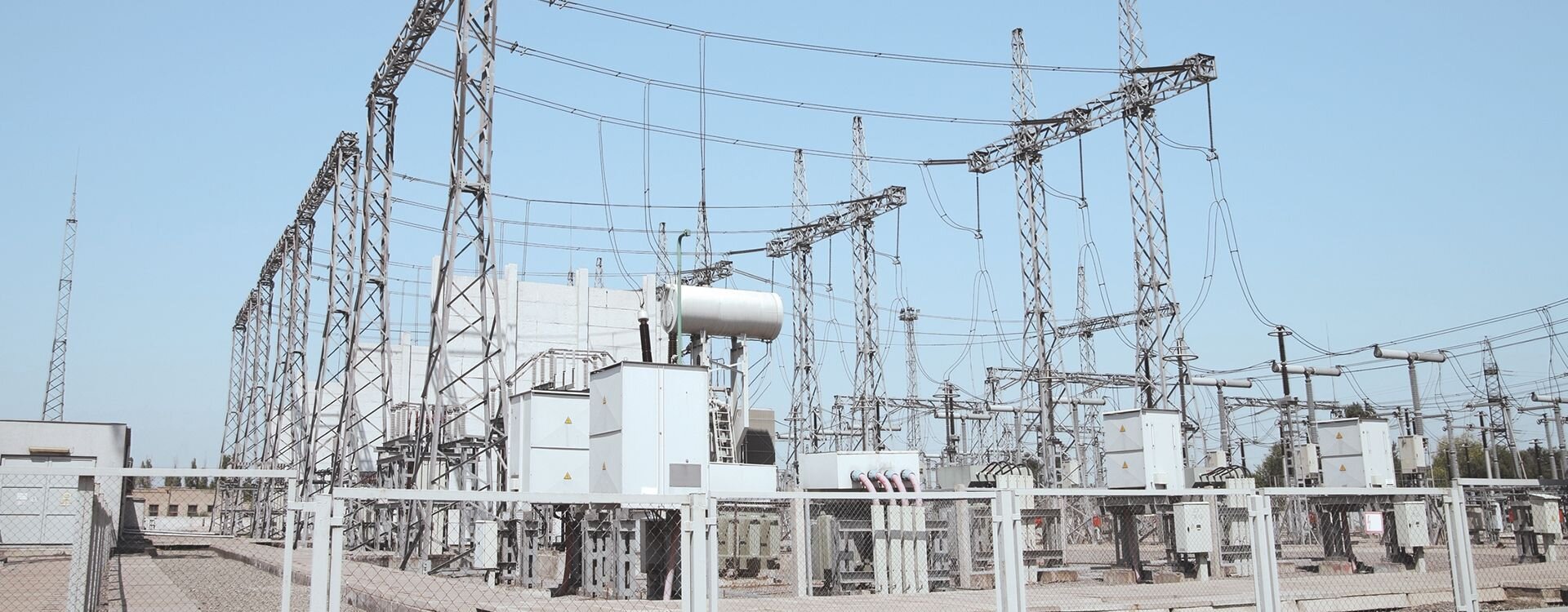NERC’S PRC-005-6 RELIABILITY STANDARD HAS PLACED INCREASED DEMAND ON UTILITIES FOR BATTERY MONITORING AND MAINTENANCE.
AND, IT HAS IMPOSED STRINGENT DATA REPORTING REQUIREMENTS THAT MUST BE MET.
Managing and protecting power system assets has always been an important part of operating an electric power system, but it has also posed some serious challenges. The parts that make up a utility’s Protection System like Protective Relays or communications systems do not typically perform their protective function until a fault or other power system problem demands that they operate to protect power system elements or the entire Bulk Electric System (BES). In fact, lacking any faults or system/operation problems, the Protection Systems may not need to operate at all unless a test is conducted. But when a fault or problem is detected, it is vital that a utility’s Protection System function as it is intended to function. A utility’s Protection System must be reliable and adequate to respond on demand to:
-
protect equipment,
-
protect utility personnel and
-
ensure that power customers do not experience disturbances or outages.
Batteries are an important part of a utility’s Protection System, and they play an important role, but like the other parts of the Protection System- they are not called upon to provide power instantaneously and on-demand UNTIL power is required by the Protection System to operate circuit breakers or circuit interrupting devices to clear faults or to protect power system elements.
Utilities often use flooded batteries for backup power in the Protection System because they can hold higher reserve power capacity and because they have a longer life than some other battery options, upwards of 20 years if kept at or near 77°F / 25°C. Because NERC understands that these batteries play an important role in the protection of the power system and that a flooded battery poses a unique dilemma due to the fluid or electrolyte held within the battery and how that electrolyte is affected during the charge and discharge process, they have specified per their required reliability standard: PRC-005-6 that each VLA should meet some very specific 4-, 6-, and 18-month maintenance requirements in order to be in compliance.
NERC PRC-005 is the standard regulating the maintenance and testing for a Utility’s Protection System, and it makes battery maintenance and testing mandatory. In terms of how a battery is to be maintained, this standard is very specific about the types of testing and maintenance schedules that should be adhered to. Failing to adhere to these requirements will not only reduce the performance and life span of a battery, but will also incur fines… substantial fines.
It is incumbent upon the utility to implement a battery maintenance program that adheres to the regulations and requirements imposed by PRC-005-6 and to document and retain all verifications, inspections, and testing as evidence for NERC’s periodic compliance audits.
PRC-005-6 became enforceable in 2007 as PRC-005-1, from that time until now, utilities have had various successes and set backs as they’ve sought to maintain their battery systems and show compliance. Since becoming enforceable, some utilities have been able to provide evidence that their battery systems had been tested, but found it challenging to properly schedule and document that their battery systems had been tested according to the testing intervals defined by the standard. And in the early days, NERC’s delegates, tasked with audits and enforcement would weigh the issues they identified against the # of violations a given utility had sustained, the risk to the Bulk Power System and the demeanor of the Utility (i.e. was it self-reported, was there cooperation, was there evidence of concealment) before pronouncing fines. As Utilities began to implement practices that would ensure their compliance with the standard, various solutions were attempted, and some were put into place. Some Utilities sought to implement manual processes along with management/oversight that addressed each part of the Protective System and the mandated testing interval and associated evidence retention. The most significant challenge with this, as you might expect were the logistics of maintaining, testing, and monitoring all the elements within the Protection System, beyond batteries (e.g. Protective Relays, Control Circuitry, and Communication Systems) with long and varying intervals between testing. In addition, each of these elements are often deployed across hundreds, if not thousands of square miles of generation, transmission and distribution infrastructure.
BTECH’s battery monitoring solution provides utilities with the unprecedented ability to remotely monitor all the battery assets that play a part in a utility’s protection system to ensure compliance with NERC’s Standard PRC-005-6. This standard requires utilities to document and implement programs for the maintenance of all protection systems affecting the reliability of the Bulk Electric System (BES), so that these Protection Systems are kept in working order. And BTECH has the most effective solution to help utilities across North America comply with PRC-005-6.
We invite you to contact us learn more about the ways BTECH’s solution can help you stay in compliance with NERC Standard PRC-005-6 while also simplifying your own processes associated with backup battery maintenance, monitoring, and management.




